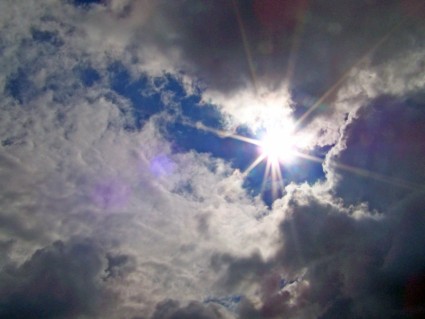
by Lorri | Aug 12, 2015 | UnCorked
The hot summer forces us to rethink our wine choices. A favorite red may be too heavy for the hot, humid weather. But by now you may be tiring of your favorite white.
This is also the time of year readers just seem to want a retail shopping list.
Whether you’re looking for something to serve friends at a backyard barbecue or just something to serve with dinner, the wine choices need to be refreshing this time of year.
Here’s my go-to shopping list that keeps vino the star beverage even in the heat of summer.
THE VALUES
- 2014 Montes Cherub Rosé, Chile (about $14 retail)
- 2014 Crios Malbec Rosé, Argentina (about $8 retail)
- 2014 New Harbor Sauvignon Blanc, New Zealand (about $13)
- 2014 Matchbook Chardonnay, California (about $14 retail)
- 2014 Dashwood Sauvignon Blanc, New Zealand (about $15 retail)
- 2014 The White Doe Blend, California (about $15 retail)
- 2012 Chateau Pilet Bordeaux Rouge, France (about $14 retail)
- 2014 14 Hands Sauvignon Blanc, California (about $14 retail)
THE SPLURGES
- 2014 Corallina Napa Valley Rosé, California (about $25 retail)
- 2014 Raptor Ridge Pinot Gris, Oregon (about $19 retail)
- 2014 Force of Nature Chardonnay, California (about $19 retail)
- 2014 Bell Winery Sauvignon Blanc, California (about $17 retail)
- 2014 Presqu’ile Winery Rosé, California (about $23 retail)
- 2012 Laurent Kraft Vouvray, France (about $23 retail)
- 2014 Hogwash Rosé, California (about $17 retail)
- 2014 La Cana Albarino, Spain (about $19 retail)
by Lorri | Oct 19, 2011 | UnCorked
 Buttery, tannic, structured, oaky — for the uninitiated, wine lingo can be confusing. It’s almost like listening to a foreign language, where many of the words sound the same, but have different meanings.
Buttery, tannic, structured, oaky — for the uninitiated, wine lingo can be confusing. It’s almost like listening to a foreign language, where many of the words sound the same, but have different meanings.
These words are not meant to be confusing, but an attempt at establishing a language for describing wine. The terms, while not official, are common descriptors used to discuss the vast array of wine styles.
Many of these terms appear regularly in Uncorked, but a couple may be new to some readers.
Crisp: This term is used to describe a wine having a high amount of acidity. It’s the same sharp, puckery sensation of biting into a Granny Smith apple.
Flabby: The opposite of crisp, this refers to a wine with too little acidity. It is usually caused by either picking grapes too late or their exposure to excessive heat during ripening. Both factors allow the grape acids to decompose. The wine will have a flat, uninteresting taste.
Finish: A wine’s finish is a term for the after taste. Young, simple wines will generally have a “short” finish and more complex wines will leave you tasting flavors long after your initial sip.
Big: If a wine is high in alcohol it is described as being big and full-bodied.
Well-balanced: A wine is well-balanced when its alcohol strength, acidity, sugar and tannin complement each other so no single element is obtrusive or overpowering.
Green: This term is used when a wine is made from grapes not reaching full ripeness. The wine will taste tart and sometimes have harsh flavors and textures.
Hard/harsh: A wine with too much tannin and not enough fruit.
Closed: When opening youthful wines intended for aging, the aromas and taste are sometimes almost void. This void or “closed” state is not considered a fault, rather a stage in a wine’s aging process. Many times aerating the wine brings out the aromas.
Hot: This is used to describe a wine too high in alcohol. It causes a prickly or burning sensation on your palate. It’s common in fortified wines but makes most dry table wines fall out of balance.

 Buttery, tannic, structured, oaky — for the uninitiated, wine lingo can be confusing. It’s almost like listening to a foreign language, where many of the words sound the same, but have different meanings.
Buttery, tannic, structured, oaky — for the uninitiated, wine lingo can be confusing. It’s almost like listening to a foreign language, where many of the words sound the same, but have different meanings.